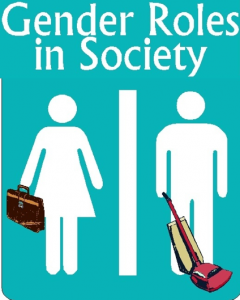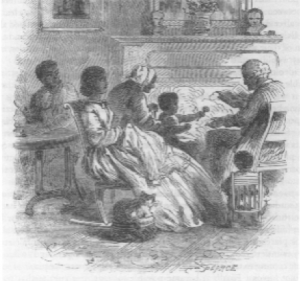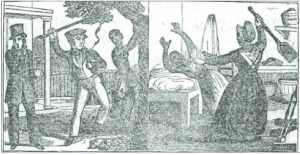 Since the days of the ancient Greeks, humans have always tried to put things into categories. Putting things into categories simply helps us to understand things better. The same can be said with why humans have put themselves into categories. To be more specific, humans have categorized men and women into their own different worlds, or spheres, in order to help them understand their roles in society. But as time progresses and the interworkings of society changes, the question that still lurks is just how useful is the idea of separate spheres? Is it time that the terms men’s sphere and women’s sphere be torn down to leave just the human sphere?
Since the days of the ancient Greeks, humans have always tried to put things into categories. Putting things into categories simply helps us to understand things better. The same can be said with why humans have put themselves into categories. To be more specific, humans have categorized men and women into their own different worlds, or spheres, in order to help them understand their roles in society. But as time progresses and the interworkings of society changes, the question that still lurks is just how useful is the idea of separate spheres? Is it time that the terms men’s sphere and women’s sphere be torn down to leave just the human sphere?
First, you have to look at how this term was coined in the first place. According to Linda Kerper, in her article entitled, “Separate Spheres, Female Worlds, Woman’s Place: The Rhetoric of Women’s History”, Alexis de Tocqueville was the first to describe the qualities that made up the women’s sphere after describing the roles and activities he saw women doing while visiting America in 1835. “The inexorable opinion of the public carefully circumscribes [her] within the narrow circle of domestic interests and duties and forbids her to step beyond it” (10). Here he is saying he observed women restricted to domestic duties and were not allowed to do anything else. As the article is also sure to mention about Tocqueville’s remarks, “In this sentence he provided the physical image (the circle) and the interpretation (that it was a limiting boundary on choices) that would continue to characterize the metaphor” (10.) Kerper continues, “The metaphor of  the ‘sphere’ was the figure of speech, the trope, on which historians came to rely when they described women’s part in American culture. Exploring the traditions of historical discourse, historians found that notions of women’s sphere permeated the language; they in turn used the metaphor in their own descriptions” (10-11). In other words, once the term was coined, it was so deeply embedded in the language that historians inevitably used the term again themselves while writing on women’s history. As Kerber also points out, more than a hundred years after Tocqueville made his comments regarding the separate spheres in the mid-1800s, “Women were said to live in a distinct ‘world,’ engaged in nurturant activities, focused on children, husbands, and family dependents” (10). Hence, the term women’s sphere still exists thanks to historians, consciously or not, keeping the language going.
the ‘sphere’ was the figure of speech, the trope, on which historians came to rely when they described women’s part in American culture. Exploring the traditions of historical discourse, historians found that notions of women’s sphere permeated the language; they in turn used the metaphor in their own descriptions” (10-11). In other words, once the term was coined, it was so deeply embedded in the language that historians inevitably used the term again themselves while writing on women’s history. As Kerber also points out, more than a hundred years after Tocqueville made his comments regarding the separate spheres in the mid-1800s, “Women were said to live in a distinct ‘world,’ engaged in nurturant activities, focused on children, husbands, and family dependents” (10). Hence, the term women’s sphere still exists thanks to historians, consciously or not, keeping the language going.
 As we have talked about in class, the women’s sphere was actually considered to be the private sphere whereas a synonym for the men’s sphere was the public sphere. Women as it was clearly stated already, were restricted to just domestic roles inside the house that dealt only with family, hence the term “private” sphere. Men on the other hand were expected to go out into the world and make a living to provide for their families and support them. Men would also be the only ones involved in politics since this too was another way of trying to improve the families place in society.
As we have talked about in class, the women’s sphere was actually considered to be the private sphere whereas a synonym for the men’s sphere was the public sphere. Women as it was clearly stated already, were restricted to just domestic roles inside the house that dealt only with family, hence the term “private” sphere. Men on the other hand were expected to go out into the world and make a living to provide for their families and support them. Men would also be the only ones involved in politics since this too was another way of trying to improve the families place in society.
The roles of men and women in society in the 21st century are a lot more complex than they were in just the 20th century. No longer can we divide the genders into different worlds. Although the idea of separate spheres once served a purpose to help us identify our roles in society, the language has not caught up with the reality in which we live in today and the term should be eliminated altogether as it no longer serves a purpose. In today’s world we need something more that shows the dynamic relationship with the overlap between men and women and hopefully the historians of the future can help us accomplish this.



